as you say all the right words Jesse would you have any suggestions for a paintshop?
Another vote for Mick Allen, he has done two of my aircraft to a very high standard.
All the controls are removed.
Each rivet is individualy cleaned.
The aircraft is re-weighed.
He is not the cheapest in terms of cost but due to the quality is likely to be the most economical in the long run.
Okay, if i had one of those orange-brownish 172s I’d probably go for another combination, but I’d stay with the original scheme.
What’s wrong with orange and brown? 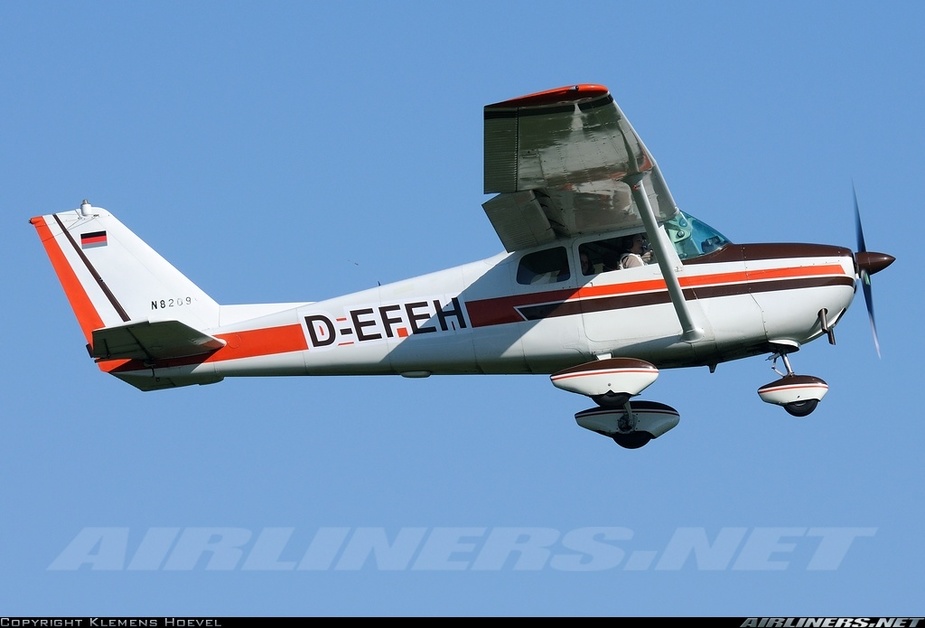
Or with owner decides paint schemes? 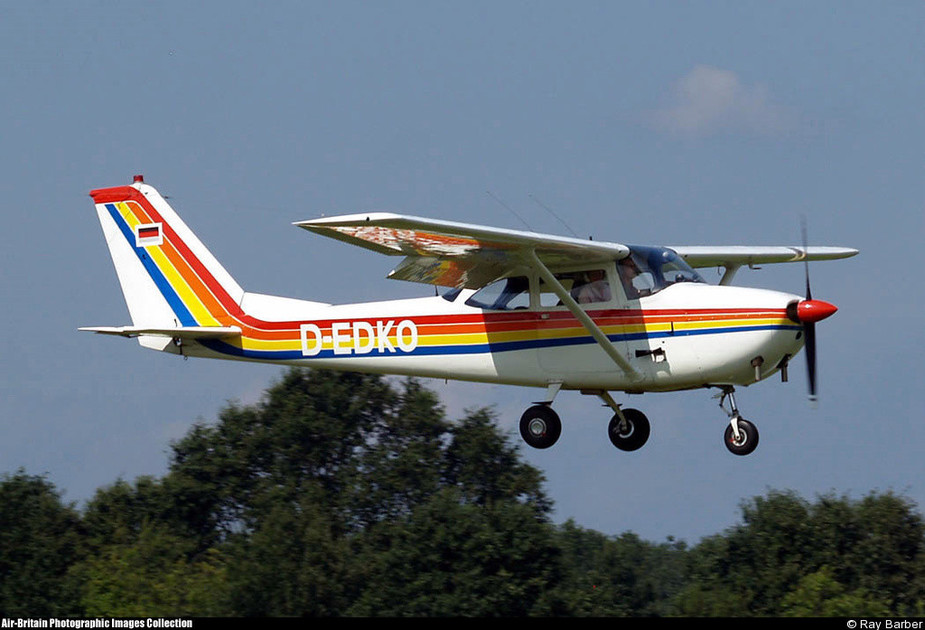
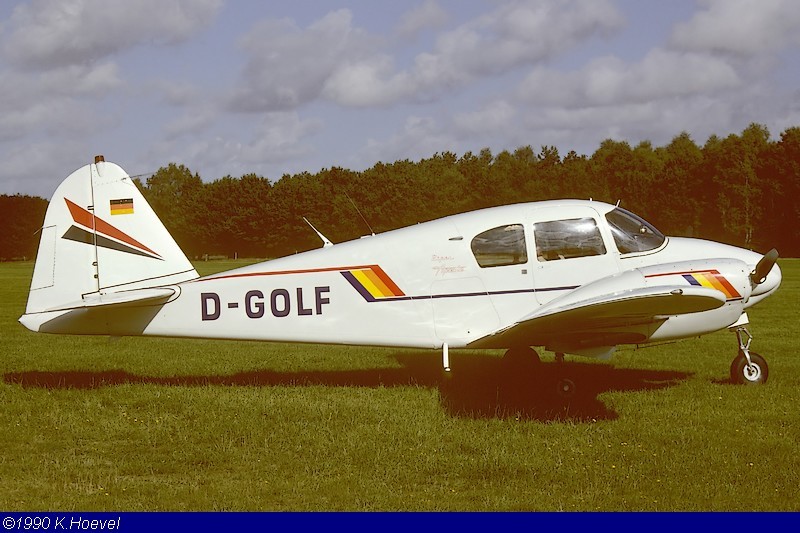
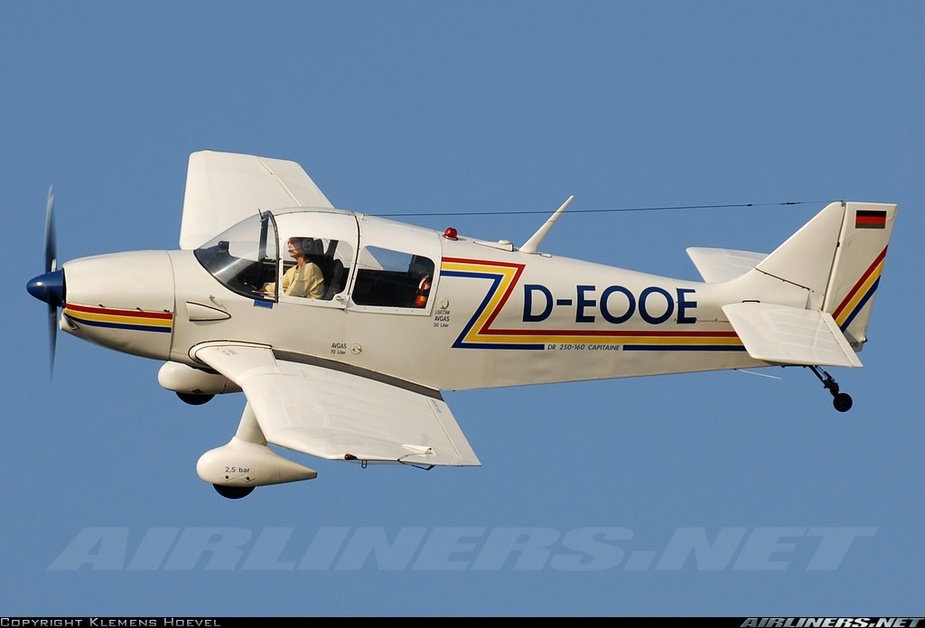
In comparison to some of those factory schemes…
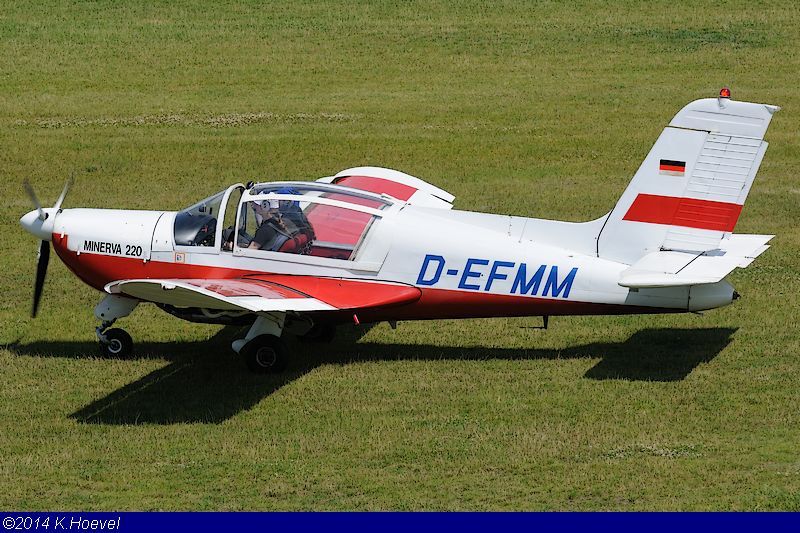
:-)
Nothing says “up, up, and away in my beautiful balloon” Link quite like a 1970s rainbow stripe…  The same stripe also makes Christen Eagles cheaper to buy in 2014 than a similar red Pitts
The same stripe also makes Christen Eagles cheaper to buy in 2014 than a similar red Pitts 
The swept tail fastback Cessnas do look good to my eyes… they should’ve stuck with that versus going to Omni-Vision.
What’s wrong with orange and brown?
Ha. 10-20 years ago that Cessna would have looked awful. Seeing it today, it actually looks nice and stylish in a classic way, as I guess it did when it rolled out of the factory (except replace classic with modern). Taste changes with times.
There is also something like bad taste. The RV-4 has classic shapes, and definitely looks best in a clean paint scheme in any color, maybe with some subtle decoration, or a nice “military” look. Yet many people paint it so it looks like a drag queen, which completely remove all the aesthetic.
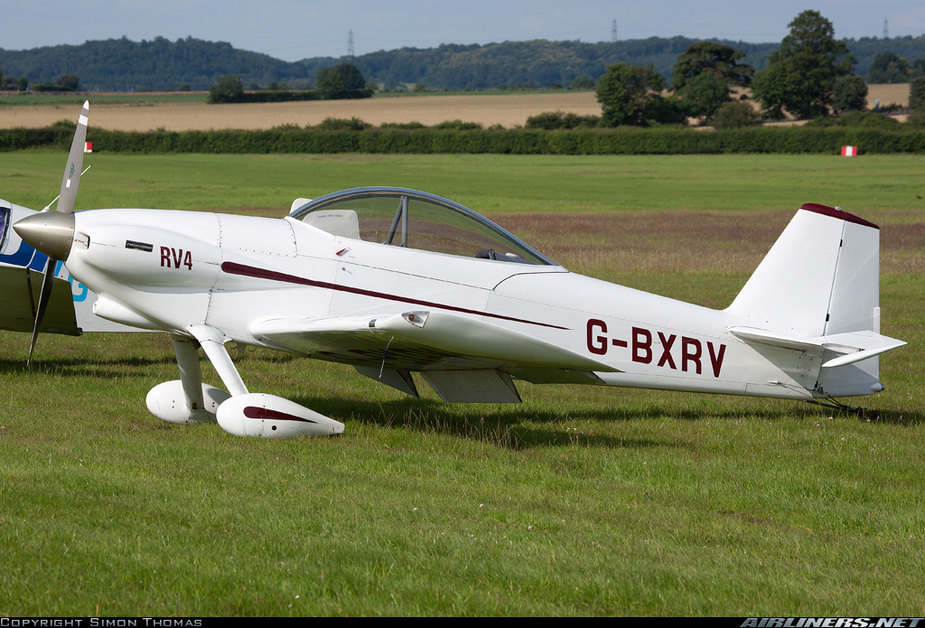
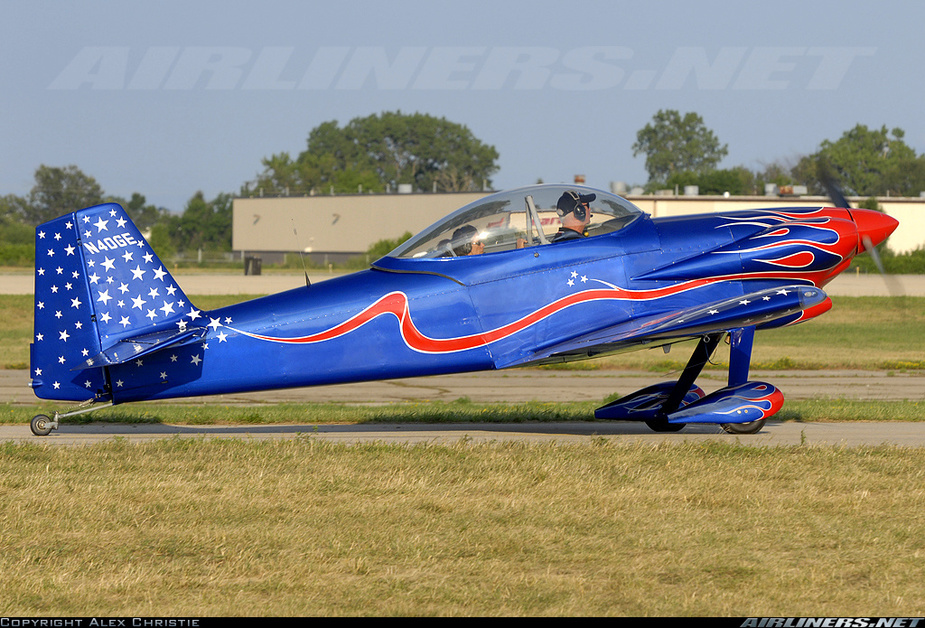
This is strange though. The Sonex line of aircraft (like my Onex) have rather “abstract” shapes, that really looks their best with some “abstract” artistic touch, and a bit “odd” without.
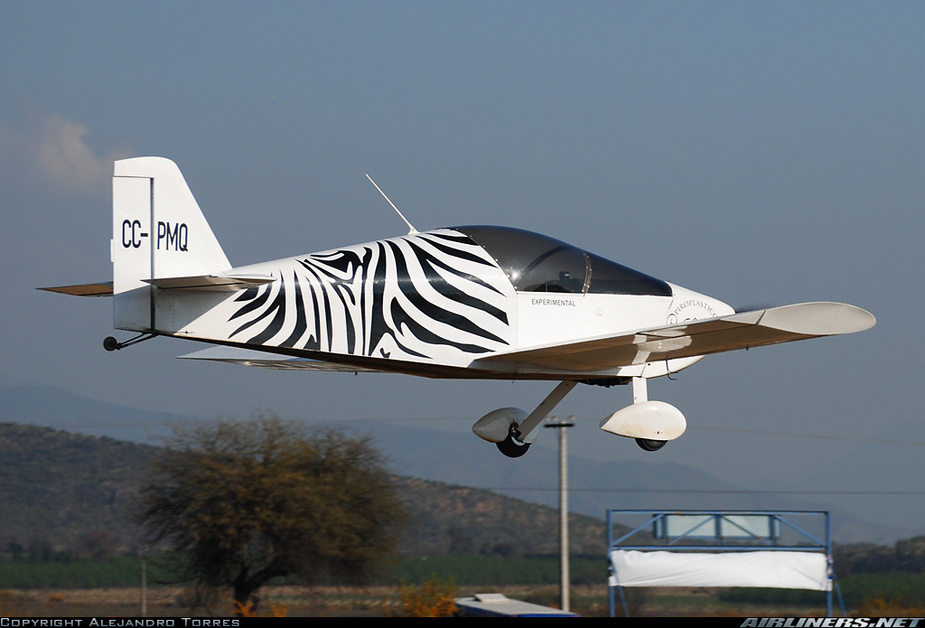
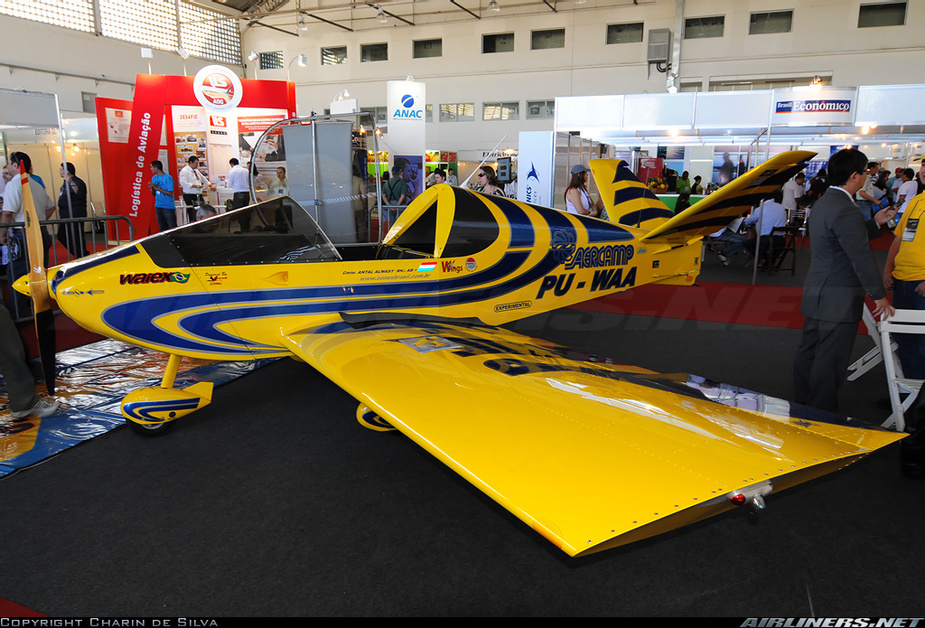

But of course, everything can be overdone :-)
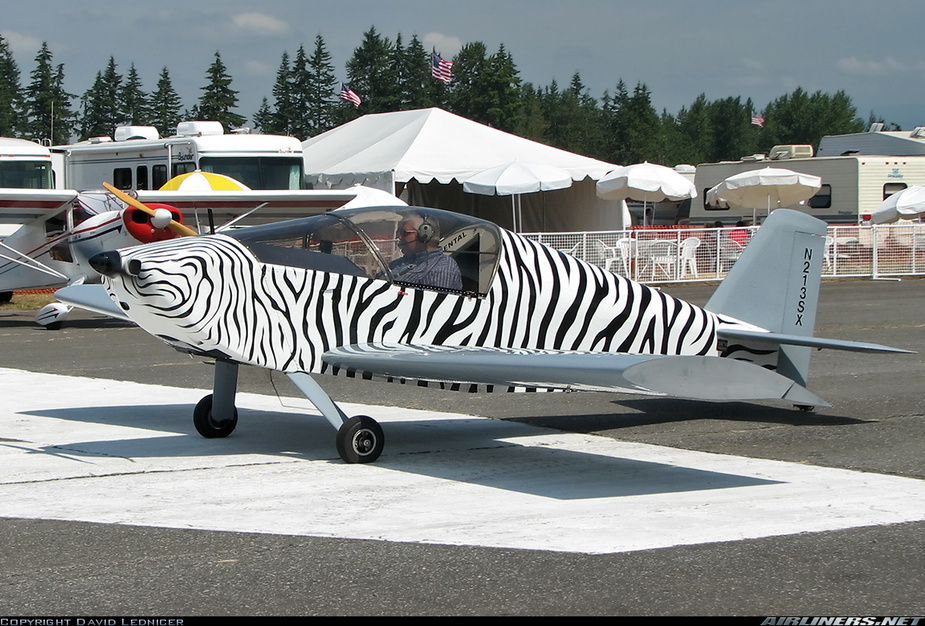
I don’t know if I would let my aircraft be chemically stripped. The chemicals used today will strip the paint by removing the bond between the metal and the primer. They are nothing like the old ones that more or less dissolves the paint. Aircraft are primed between all mating surfaces for corrosion protection, and if you get chemicals in there, you have no option but to flush it out with high pressure water. Then you flush out all corrosion inhibiting primer, leaving the metal free to corrode, and could also end up blocking internal drainage points for water and moisture etc. You also remove a perfectly good primer and conversion coating that has protected the metal for 20-30 years and could do it for centuries more, and that is replaced with what? At least you should ask how they intend to prepare the surface when the chemical removal is done. There are other methods like blasting with plastic pellets, or simply cut the paint with some abrasive paste. The latter is often used in any case between coats, and also on the top coat before polishing to get a mirror shine. But I guess it is much easier, faster and cheaper to just splat on some chemicals.
Chemical stripping sound a bit like russian roulette to me, unless the aircraft is designed for this kind of treatment.
I used to be hangared at a fairly busy King Air / TBM shop and they told me that whenever one exposes bare aluminium, it has to be coated with an etching water-like liquid called something like alodyne or anodyne. Apparently it restores corrosion resistance.
When I made up some little brackets and such, I used that stuff to coat them. It makes the bare metal go gold in colour. Then you have to wash the stuff off very thoroughly, obviously…
It is obviously virtually impossible to wash stuff (stripper or whatever) out of the gap between riveted overlapping sheets. That makes me wonder how many paint jobs are actually done right. I reckon that (as posted earlier) the proper way must be to limit the use of a stripper to large open areas and not get it anywhere near joints, or rivets, because once it is in there you will never get it out for sure.
I have to again refer to the very early post on EuroGA where some paint shop in Lithuania appears to have totally trashed an aircraft. The poster unfortunately never came back with details, but one can probably draw reasonable conclusions.
The chemicals used today will strip the paint by removing the bond between the metal and the primer
However, is the exposed primer any good as a primer? I am sure it isn’t, and at least it needs to be slightly abraded (1000 grade paper, say) and re-primed.
Alodine Link does two things – short term corrosion protection of aluminum while ‘in process’ plus providing a good surface for adhesion of primer. Every metal aircraft paint job I’ve seen done was stripped to bare metal, fastidiously cleaned around all the rivets until not a spec of paint remained, cleaned equally careful with high pressure water spray and hand work to remove stripper, alodined, washed again, primed then finish coated.
Dry ice blasting was publicized for a while, but it never seemed to get anywhere commercially.
PS the guy in the hangar across from me has an RV4 that he’s never painted or polished. He flies it a lot and for whatever reason can’t get around to painting it. I saw him yesterday 90 minutes before dusk, launching on a short overnight business trip.
For most home builders, painting is the most intimidating task, by far. If you let someone else do it, you feel like you are cheating. I feel exactly the same.
Well, isn’t building a Fastkkit RV like cheating, too? Okay, as an aerospace engineer, I get most fun before anything is built, so it’s a matter of perspective, I guess.